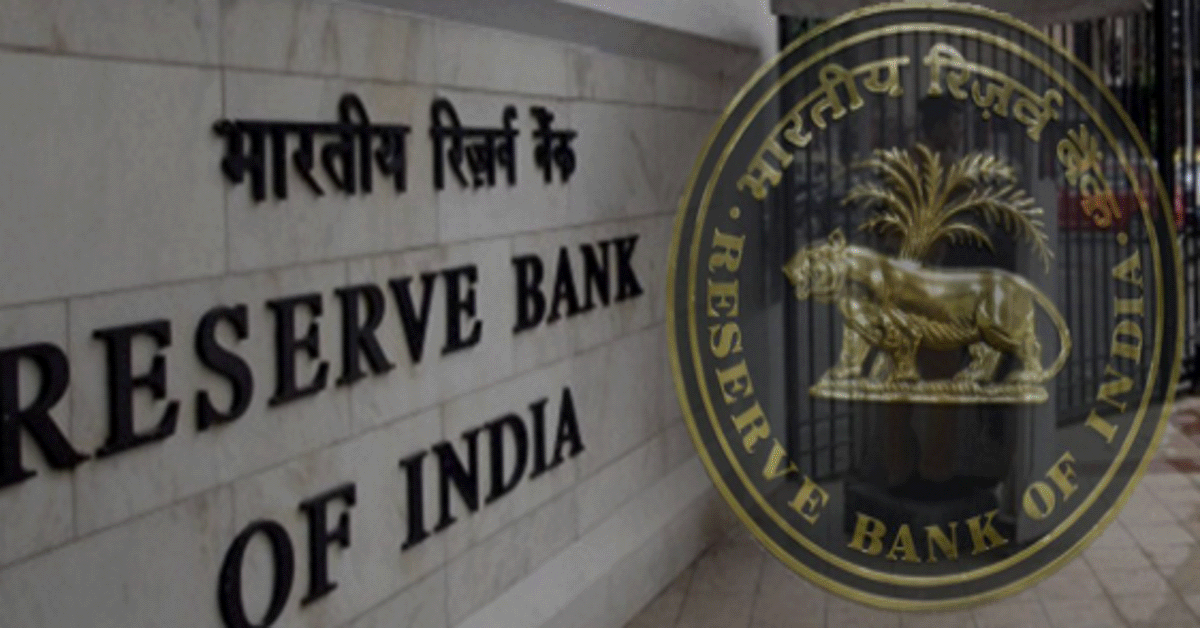The Reserve Bank of India (RBI) has shared the 2024 list of banks that are considered too important to fail in India. The list includes three major banks : State Bank of India (SBI), HDFC Bank, and ICICI Bank. These banks are considered “too big to fail,” meaning their collapse could have a serious impact on the overall economy. As a result, they are subject to stricter regulations and higher capital requirements to ensure financial stability.
Being classified as D-SIBs means these banks must maintain higher Common Equity Tier 1 (CET1) capital. CET1 represents the primary capital that banks are required to maintain in order to cover potential losses. The RBI has set different capital requirements for each of the three banks, based on their size and importance.
The State Bank of India (SBI), the biggest public sector bank in India, is categorized under Bucket 4. This classification requires SBI to keep an additional CET1 buffer of 0.80%. This means that SBI needs to maintain a higher amount of capital compared to smaller banks.
HDFC Bank, the leading private sector bank, is positioned in Bucket 2 and needs to maintain an extra CET1 buffer of 0.40%. As one of the most important private banks in India, HDFC Bank must ensure it has enough capital to protect itself against potential risks.
ICICI Bank, the second-largest private sector lender, is classified in Bucket 1, where it must maintain an additional CET1 buffer of 0.20%. While this is a smaller requirement compared to SBI and HDFC, it still highlights the bank’s role in the economy.
The RBI has announced that the higher D-SIB surcharge for SBI and HDFC Bank will take effect from April 1, 2025. Until then, the surcharge will remain at 0.60% for SBI and 0.20% for HDFC Bank. This gives these banks some time to adjust their financial strategies to meet the new requirements.
The RBI’s decision to classify SBI, HDFC Bank, and ICICI Bank as D-SIBs highlights their importance in India’s financial system. By requiring these banks to maintain higher capital reserves, the RBI aims to strengthen the banking sector and reduce the risks of a financial crisis. These measures are crucial to ensuring that these banks remain stable and continue to contribute to the country’s economic growth.
